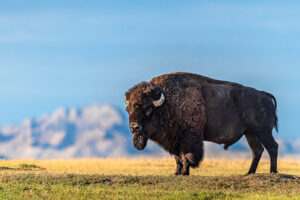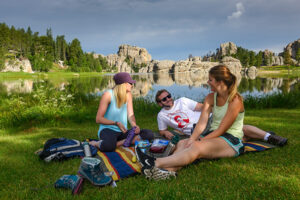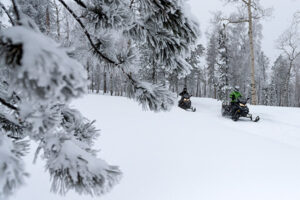Weather and Seasons
 Spring
Spring
Daytime highs during the month of March average mid 40’s with a low of 20, high of mid 50’s/low 30 in April with May warming up to an avg high of mid 60’s and a low of 40. Overnight temperatures are still cooler. Late spring is the rainy season in the Black Hills, when the area receives anywhere from short showers to larger thunderstorms and even late season snow showers.
 Summer
Summer
June sees an avg high of mid 70’s with a low of 50; July averages a high of mid 80’s with a low of 50; August has an average high of mid 80’s with a low of 55. Though thunderstorms may occur, humidity levels are typically low. Early mornings and late evenings typically drop in temperature so a jacket or sweatshirt may be needed.
 Fall
Fall
September sees an average high of mid to high 60’s with a low in the mid 30’s; October averages a high of mid 50’s with a low of 20; November has an average high of 40 with a low of 15. Scenic drives are optimal as fall in the Black Hills brings autumn colors as the leaves turn and begin to fall. October typically brings the first freeze and snow is always a possibility in the fall.
 Winter
Winter
December, January and February see an average high of mid 30’ with a low of 5. With snow a likely occurrence, winter in the Black Hills is a winter sports enthusiasts dream. Snowfall in the Northern Black Hills can range from 10 to 20 inches and 5 to 10 increases in the Central and Southern Black Hills. Make sure to pack warm clothing and plan on layers during these months.
